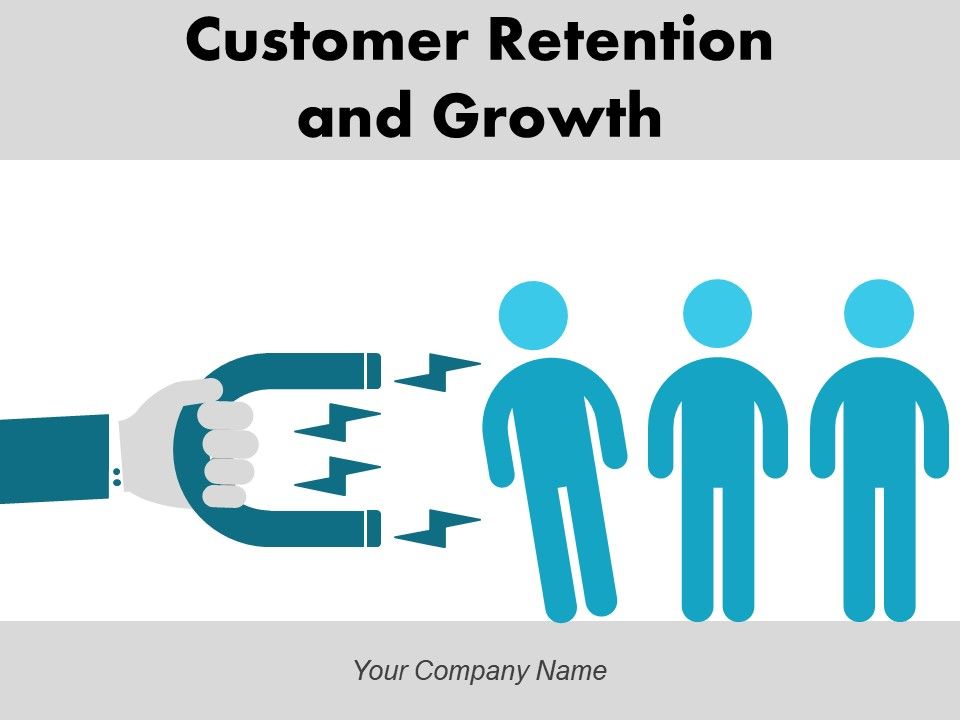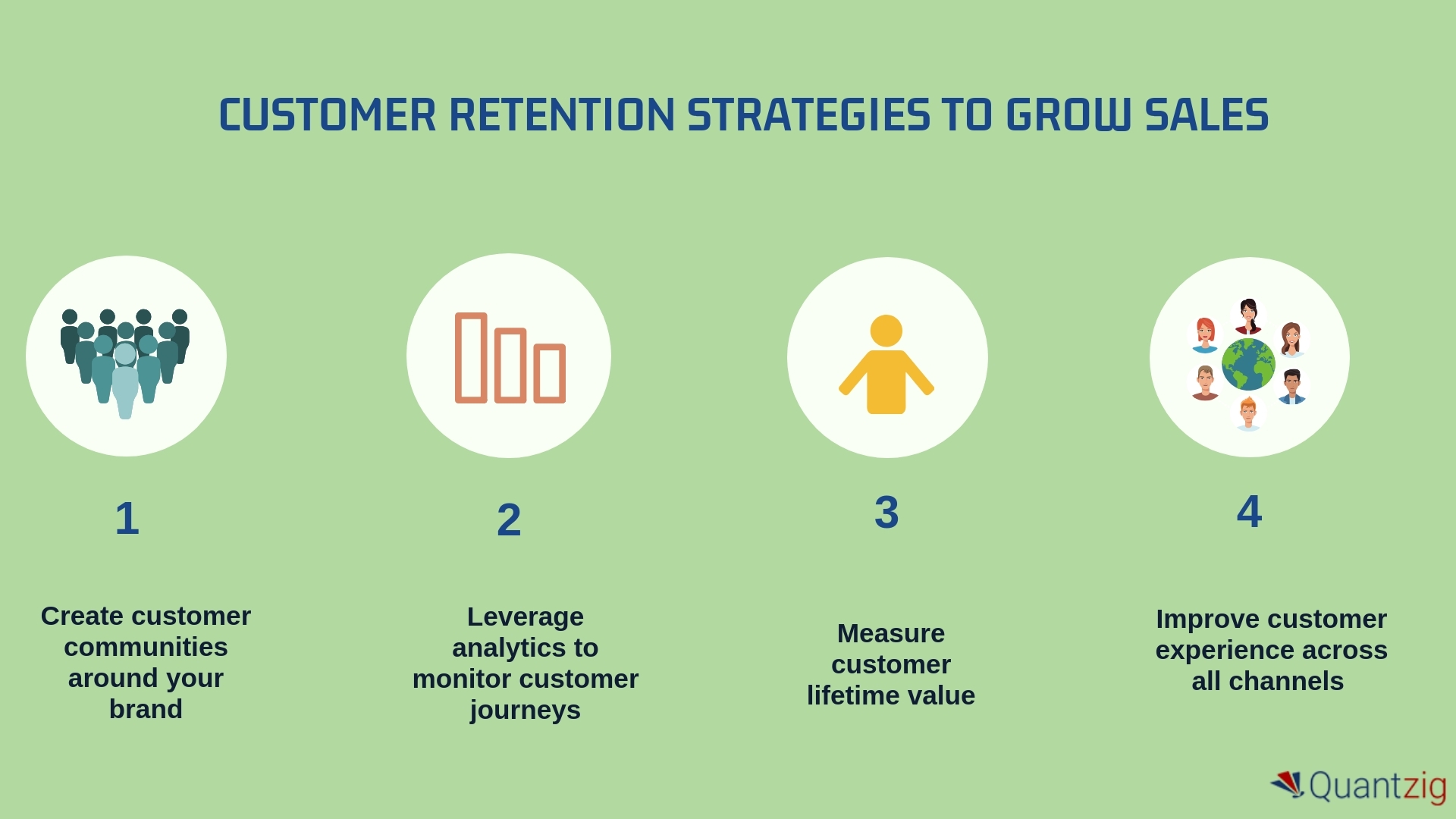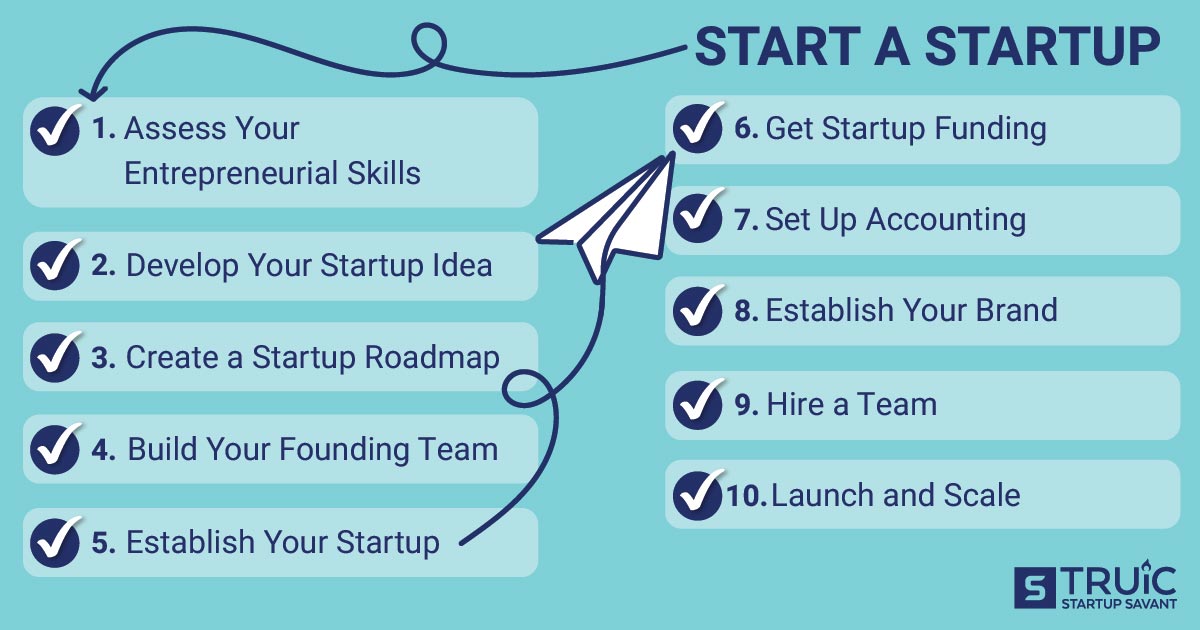Why Retention Matters: The Hidden Key to Startup Success
Customer retention is the backbone of any successful startup. It’s the key to driving revenue, reducing customer acquisition costs, and fueling long-term growth. In fact, studies have shown that increasing customer retention rates by just 5% can lead to a 25-95% increase in profits. This is because retained customers are more likely to make repeat purchases, refer new customers, and provide valuable feedback that can inform product development and marketing strategies.
Startup growth retention strategies are essential for building a loyal customer base and driving sustainable growth. By prioritizing retention, startups can reduce the risk of customer churn, which can be costly and time-consuming to recover from. In fact, the average cost of acquiring a new customer is 5-7 times more expensive than retaining an existing one. This is why it’s crucial for startups to develop effective retention strategies that meet the evolving needs of their customers.
So, what makes a successful retention strategy? It starts with understanding your target audience, including their needs, pain points, and behaviors. By gathering customer feedback and creating buyer personas, startups can develop a customer-centric approach that addresses the unique needs of their customers. This can include personalized marketing campaigns, tailored product offerings, and exceptional customer support.
Moreover, data analytics plays a critical role in measuring retention and growth. By tracking key metrics such as customer lifetime value, churn rate, and retention rate, startups can gain valuable insights into customer behavior and preferences. This data can be used to inform retention strategies, optimize growth, and make data-driven decisions that drive long-term success.
In conclusion, customer retention is the lifeblood of any successful startup. By prioritizing retention and developing effective startup growth retention strategies, startups can drive sustainable growth, reduce customer acquisition costs, and build a loyal customer base that will fuel their success for years to come.
Understanding Your Customer: The Foundation of Effective Retention
To develop effective startup growth retention strategies, it’s essential to understand your target audience inside and out. This means gathering customer feedback, creating buyer personas, and developing a customer-centric approach that addresses the unique needs and pain points of your customers.
So, how do you gather customer feedback? One effective way is to conduct surveys or focus groups to gain a deeper understanding of your customers’ needs, preferences, and behaviors. You can also use social media listening tools to monitor customer conversations and identify trends and patterns. Additionally, consider using customer feedback software to collect and analyze feedback from multiple channels, including email, chat, and reviews.
Once you have gathered customer feedback, use it to create buyer personas that capture the essence of your ideal customer. A buyer persona should include demographic information, such as age, location, and job title, as well as psychographic information, such as values, interests, and pain points. By creating buyer personas, you can develop targeted marketing campaigns, product offerings, and customer support strategies that resonate with your customers.
Developing a customer-centric approach is also critical to effective retention. This means putting the customer at the forefront of every decision, from product development to customer support. Consider implementing a customer-centric framework, such as the customer journey map, to visualize the customer’s experience and identify areas for improvement.
By understanding your customer and developing a customer-centric approach, you can create startup growth retention strategies that drive long-term success. Remember, customer retention is a marathon, not a sprint. It takes time, effort, and dedication to build a loyal customer base, but the payoff is well worth it.
For example, companies like Amazon and Netflix have built their businesses around customer-centricity, using data and feedback to inform product development and customer support strategies. By prioritizing the customer experience, these companies have been able to drive long-term growth and retention, even in highly competitive markets.
How to Build a Loyal Customer Base: Strategies for Long-Term Growth
Building a loyal customer base is crucial for startup growth and retention. It requires a strategic approach that focuses on delivering exceptional customer experiences, fostering strong relationships, and encouraging customer loyalty. In this section, we’ll explore the importance of onboarding, regular communication, and personalized experiences in building a loyal customer base.
Onboarding is a critical component of building a loyal customer base. It’s the process of introducing new customers to your product or service, and it sets the tone for the entire customer journey. Effective onboarding strategies include providing clear instructions, offering support and resources, and ensuring a seamless transition from trial to paid customer. Companies like Slack and Dropbox have implemented successful onboarding strategies that have contributed to their rapid growth and customer retention.
Regular communication is also essential for building a loyal customer base. It helps to foster strong relationships, build trust, and encourage customer loyalty. This can include regular email updates, social media engagement, and personalized messages. Companies like Amazon and Netflix have implemented successful communication strategies that have contributed to their customer retention and growth.
Personalized experiences are also critical for building a loyal customer base. It involves tailoring your product or service to meet the unique needs and preferences of each customer. This can include personalized recommendations, customized product offerings, and tailored support. Companies like Spotify and Apple have implemented successful personalization strategies that have contributed to their customer retention and growth.
Another key strategy for building a loyal customer base is to focus on delivering exceptional customer experiences. This involves providing high-quality products or services, ensuring timely and effective support, and fostering a positive company culture. Companies like Zappos and Warby Parker have implemented successful customer experience strategies that have contributed to their customer retention and growth.
Finally, it’s essential to measure and track the effectiveness of your customer retention strategies. This involves monitoring key metrics such as customer lifetime value, churn rate, and retention rate. By tracking these metrics, you can identify areas for improvement, optimize your strategies, and drive long-term growth and retention.
By implementing these strategies, startups can build a loyal customer base that drives long-term growth and retention. Remember, building a loyal customer base takes time, effort, and dedication, but the payoff is well worth it.
The Power of Data-Driven Decision Making: Measuring Retention and Growth
Data analytics plays a crucial role in measuring retention and growth for startups. By tracking key metrics such as customer lifetime value, churn rate, and retention rate, startups can gain valuable insights into customer behavior and preferences. This data can be used to inform retention strategies, optimize growth, and make data-driven decisions that drive long-term success.
Customer lifetime value (CLV) is a critical metric for startups, as it measures the total value of a customer over their lifetime. By calculating CLV, startups can identify their most valuable customers and develop targeted retention strategies to keep them engaged. For example, a startup like Amazon uses CLV to offer personalized recommendations and promotions to its most valuable customers, increasing the chances of retaining them.
Churn rate is another important metric for startups, as it measures the percentage of customers who stop using a product or service over a given period. By tracking churn rate, startups can identify areas for improvement and develop strategies to reduce customer churn. For example, a startup like Netflix uses data analytics to identify customers who are at risk of churning and offers them personalized content recommendations to keep them engaged.
Retention rate is also a key metric for startups, as it measures the percentage of customers who continue to use a product or service over a given period. By tracking retention rate, startups can evaluate the effectiveness of their retention strategies and make data-driven decisions to optimize growth. For example, a startup like Dropbox uses data analytics to track retention rate and offers its customers personalized storage solutions to keep them engaged.
In addition to these metrics, startups can also use data analytics to track customer behavior and preferences. For example, a startup like Spotify uses data analytics to track customer listening habits and offers them personalized music recommendations to keep them engaged.
By using data analytics to measure retention and growth, startups can gain a competitive edge in the market. By tracking key metrics and using data to inform retention strategies, startups can optimize growth, reduce customer churn, and increase customer lifetime value.
Moreover, data analytics can also help startups to identify new business opportunities and optimize their marketing strategies. By analyzing customer data, startups can identify trends and patterns that can inform their marketing strategies and help them to reach new customers.
In conclusion, data analytics is a powerful tool for startups to measure retention and growth. By tracking key metrics and using data to inform retention strategies, startups can optimize growth, reduce customer churn, and increase customer lifetime value.
Employee Engagement and Retention: The Often-Overlooked Key to Startup Success
Employee engagement and retention are critical components of startup growth and customer retention. When employees are engaged and motivated, they are more likely to provide exceptional customer service, leading to increased customer satisfaction and loyalty. However, many startups overlook the importance of employee engagement and retention, focusing instead on customer acquisition and revenue growth.
But employee engagement and retention are essential for driving startup growth and customer retention. When employees are engaged, they are more likely to be productive, efficient, and effective in their roles. This leads to increased customer satisfaction, reduced turnover, and improved overall performance.
So, how can startups foster a positive company culture and encourage employee engagement and retention? One key strategy is to recognize and reward employee achievements. This can include employee recognition programs, bonuses, and promotions. By recognizing and rewarding employees, startups can motivate and engage them, leading to increased productivity and job satisfaction.
Another key strategy is to provide opportunities for growth and development. This can include training and development programs, mentorship, and opportunities for advancement. By providing opportunities for growth and development, startups can attract and retain top talent, leading to increased innovation and competitiveness.
Additionally, startups can foster a positive company culture by promoting work-life balance, providing flexible work arrangements, and encouraging open communication. By promoting work-life balance and providing flexible work arrangements, startups can reduce turnover and improve employee satisfaction. By encouraging open communication, startups can build trust and foster a sense of community among employees.
For example, companies like Google and Facebook have implemented successful employee engagement and retention strategies. Google’s famous “20% time” policy, which allows employees to dedicate 20% of their work time to side projects, has led to increased innovation and employee satisfaction. Facebook’s emphasis on work-life balance and flexible work arrangements has also led to increased employee satisfaction and retention.
In conclusion, employee engagement and retention are critical components of startup growth and customer retention. By fostering a positive company culture, recognizing and rewarding employee achievements, and providing opportunities for growth and development, startups can attract and retain top talent, leading to increased innovation and competitiveness.
Personalization and Customer Experience: The Secret to Long-Term Retention
Personalization and exceptional customer experiences are critical components of long-term retention. By tailoring your product or service to meet the unique needs and preferences of each customer, you can build a loyal customer base that drives growth and revenue. In this section, we’ll explore the importance of personalization and customer experience in driving long-term retention.
Personalization involves using data and analytics to tailor your product or service to meet the unique needs and preferences of each customer. This can include personalized marketing campaigns, customized product offerings, and tailored support. By personalizing your product or service, you can increase customer satisfaction, reduce churn, and drive long-term growth.
Exceptional customer experiences are also critical for driving long-term retention. This involves providing high-quality products or services, ensuring timely and effective support, and fostering a positive company culture. By providing exceptional customer experiences, you can build trust and loyalty with your customers, leading to increased retention and growth.
For example, companies like Amazon and Netflix have implemented successful personalization strategies. Amazon’s personalized product recommendations have increased customer satisfaction and reduced churn, while Netflix’s personalized content recommendations have driven engagement and retention.
Another example is Warby Parker, which has implemented a successful customer experience strategy. Warby Parker’s home try-on program allows customers to try on glasses at home, reducing the risk of purchasing glasses that don’t fit. This program has increased customer satisfaction and reduced returns, leading to increased retention and growth.
In addition to personalization and customer experience, it’s also important to consider the role of technology in driving long-term retention. Technology can be used to automate and personalize customer interactions, reducing the risk of human error and increasing efficiency. For example, chatbots can be used to provide 24/7 support, while AI-powered marketing automation can be used to personalize marketing campaigns.
By combining personalization, customer experience, and technology, startups can drive long-term retention and growth. By tailoring your product or service to meet the unique needs and preferences of each customer, you can build a loyal customer base that drives growth and revenue.
Scaling Your Retention Strategy: How to Adapt to Growth and Change
As your startup grows and evolves, it’s essential to adapt your retention strategy to meet the changing needs of your customers. This involves iterating on existing strategies, staying agile in a rapidly changing market, and continuously gathering feedback from your customers. In this section, we’ll explore the importance of scaling your retention strategy and provide guidance on how to do it effectively.
One of the key challenges of scaling a retention strategy is adapting to changing customer needs. As your startup grows, your customer base will likely become more diverse, with different needs and preferences. To address this challenge, it’s essential to continuously gather feedback from your customers and iterate on your existing strategies. This can involve conducting regular surveys, gathering feedback through social media, and using data analytics to identify trends and patterns in customer behavior.
Another key challenge of scaling a retention strategy is staying agile in a rapidly changing market. As new technologies and trends emerge, it’s essential to stay ahead of the curve and adapt your retention strategy accordingly. This can involve investing in new technologies, such as AI-powered chatbots, and staying up-to-date with the latest trends and best practices in customer retention.
For example, companies like Airbnb and Uber have successfully scaled their retention strategies by adapting to changing customer needs and staying agile in a rapidly changing market. Airbnb has invested heavily in AI-powered chatbots to provide personalized support to its customers, while Uber has used data analytics to identify trends and patterns in customer behavior and adapt its retention strategy accordingly.
In addition to adapting to changing customer needs and staying agile in a rapidly changing market, it’s also essential to continuously measure and evaluate the effectiveness of your retention strategy. This can involve tracking key metrics, such as customer lifetime value and retention rate, and using data analytics to identify areas for improvement.
By scaling your retention strategy effectively, you can drive long-term growth and revenue for your startup. Remember to continuously gather feedback from your customers, stay agile in a rapidly changing market, and continuously measure and evaluate the effectiveness of your retention strategy.
Putting it All Together: A Holistic Approach to Startup Growth and Retention
In conclusion, startup growth and retention are complex and interconnected challenges that require a holistic approach. By understanding the importance of customer retention, developing a customer-centric approach, building a loyal customer base, leveraging data-driven decision making, fostering employee engagement and retention, and scaling retention strategies, startups can drive long-term growth and revenue.
A holistic approach to startup growth and retention involves integrating these strategies into a cohesive and comprehensive plan. This plan should be tailored to the unique needs and goals of the startup, and should be continuously monitored and evaluated to ensure its effectiveness.
By implementing a holistic approach to startup growth and retention, startups can achieve sustainable growth and revenue, and establish a strong foundation for long-term success. Remember, startup growth and retention are not mutually exclusive, but rather interconnected challenges that require a comprehensive and integrated approach.
In this article, we have outlined the key strategies and best practices for driving startup growth and retention. By implementing these strategies, startups can build a loyal customer base, drive revenue and growth, and establish a strong foundation for long-term success.
Ultimately, the key to startup growth and retention is to focus on the customer, and to develop a comprehensive and integrated approach that addresses their needs and preferences. By doing so, startups can drive long-term growth and revenue, and establish a strong foundation for success.






